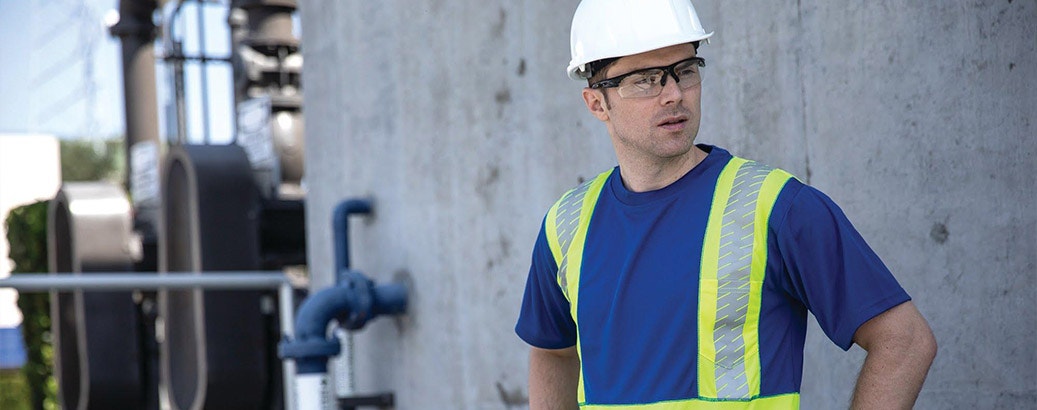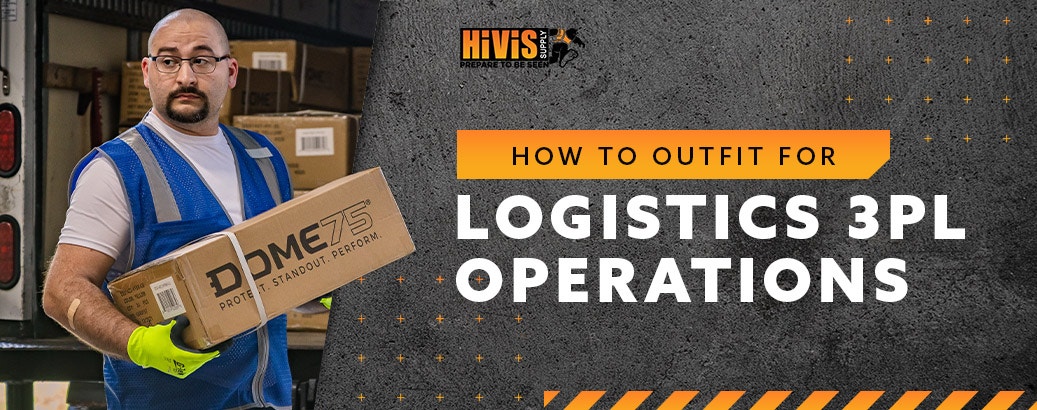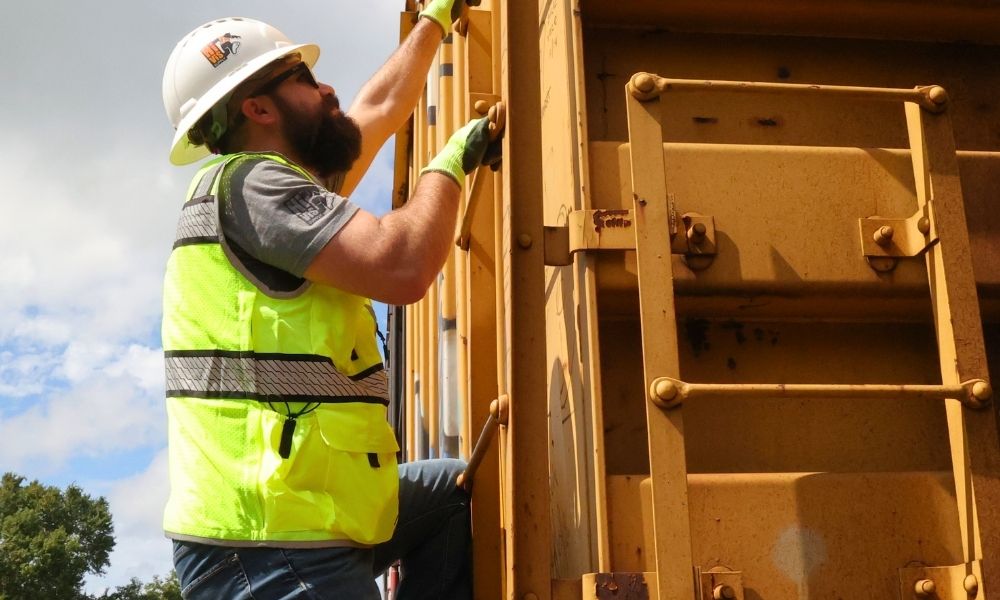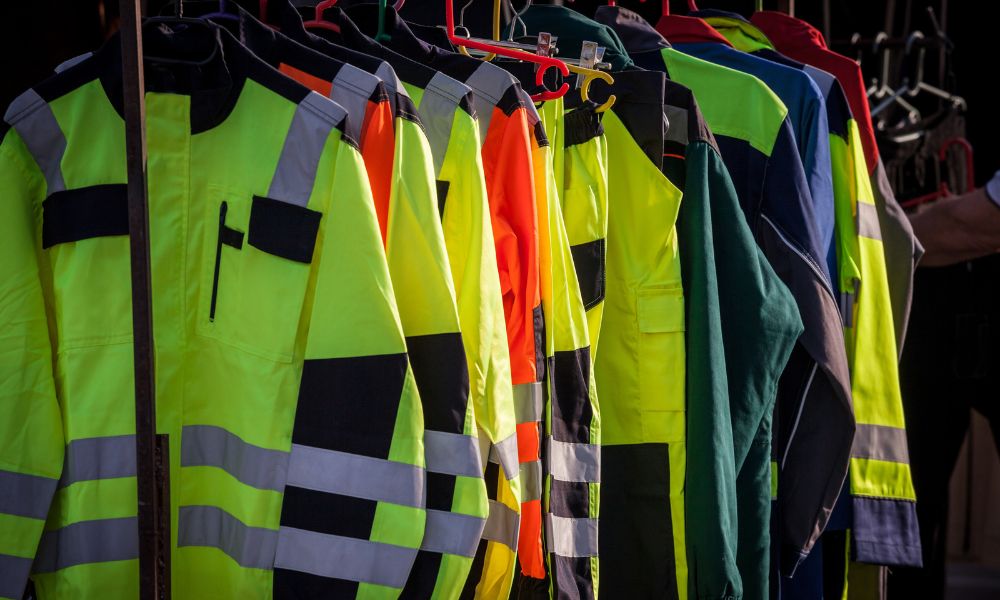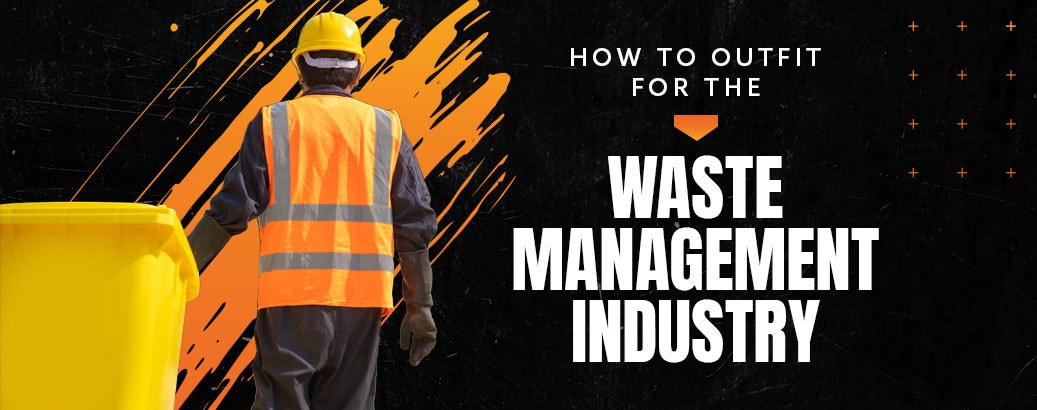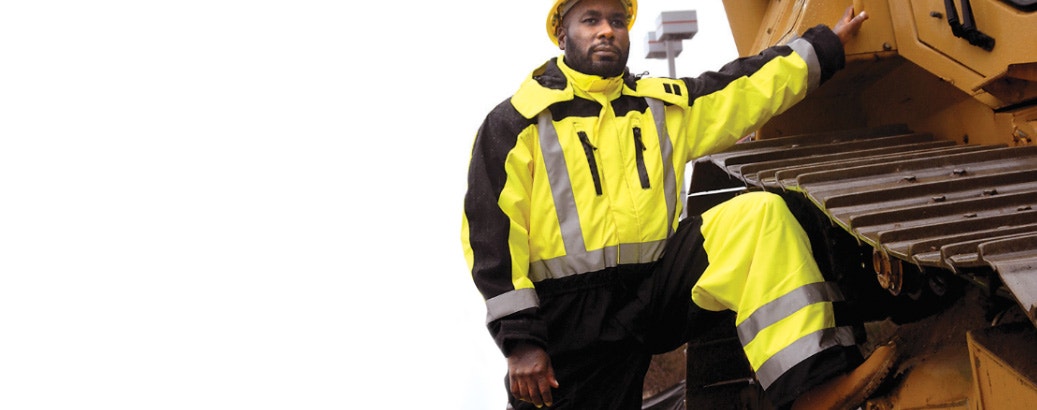HiVis 101: The Power Of Color Consistency In The Workplace
- By HiVis Supply
- Feb 24, 2022

In just about any line of work, it’s not enough just to get results once. You need consistent results to build a thriving business and a robust safety culture. That’s why it’s so important for workplaces to prioritize consistency when it comes to the high visibility safety gear their workers wear. Color consistency is one aspect of hi vis workwear that it can be easy to overlook. With so many colors of enhanced visibility clothing available today, however, it’s important to decide on a consistent color scheme for your hi vis workwear. A reliable color system will help keep everyone safe on the job and avoid ambiguity.
What does the consistent application of a color coding system look like? Furthermore, what’s so important about color coding in the first place? Below, we’ll answer your questions about consistent color coding in your hi vis workwear.
Purpose of Color Coded Hi Vis Clothing
Color coding is increasingly popular in hi vis clothing, particularly in non-ANSI enhanced visibility clothing. The color options for these garments often go beyond the standard hi vis fluorescent colors such as orange, yellow and lime green. In a lot of cases, they include a wide range of colors like blue, pink, red and many others options. The purpose of color coding your workwear is to provide all workers and managers with a go-to visual guide for identifying people with different positions and responsibilities. A worker’s vest color is coded to identify important information like their role on the job or their experience level.
Each of these vests is equipped with a standard hi vis reflective tape material to keep warehouse employees safe and seen. The variety of the colors themselves, however, makes it easy to tell who’s who and what everyone’s job is. Color coding allows workers and managers to instantly tell when someone is out of position or in an unauthorized area. Plus, its visual nature makes it easy to teach, easy to remember and perfect for workplaces where language barriers are a factor.
Practical Applications of Hi Vis Color Coding
It’s helpful to think in practical terms about hi vis color coding. Let’s consider how a warehouse that uses color coding might divide responsibilities by enhanced visibility vest colors:
- Pickers wearing gray vests
- Packers wearing blue vests
- Forklift drivers wearing green vests
- Dock personnel wearing yellow vests
- Managers wearing black vests
- Trainees wearing white vests
- Visitors and vendors wearing red vests
For another example, the incident command system is a perfect example of applying a color coding system on the job. This framework was originally developed for managing events like natural disasters, but it’s flexible enough to map onto many different industries, from construction to logistics. Because the ICS requires well-defined roles and job responsibilities, it’s also a perfect fit for the use of color coded vests. If you’re responsible for designing a color coding system for your facility or job site, make sure to read our guide to hi vis color coding. We’ve got tons of practical advice on making sure your color coding system follows best practices. However, there’s one principle that’s especially near and dear to our hearts when it comes to color coding, and that principle is consistency.

Why Consistency Is Critical (AKA, the Cracker Barrel Principle)
When we talk about consistency in regard to hi vis gear in the workplace, we often mean ensuring that workers are consistently wearing their hi vis PPE. Wearing PPE consistently is undoubtedly a must, but it’s important to think about consistency when it comes to the hi vis colors you use too.
To illustrate the point, let’s think about an example that many of us know and love: Cracker Barrel. (Stay with us!) When you pull off the highway at a Cracker Barrel, you know almost exactly where everything will be before you even walk in the door. First, you’ll enter through the country store, which probably has the same layout as the last Cracker Barrel you went to, whether it was in Florida, Tennessee, Michigan or somewhere else.
When it’s time to eat, you’ll take your seat in a dining room that’s broadly similar to the dining rooms in other Cracker Barrels. Need to use the restroom? Nine times out of ten, it’s in the same place as it is in every other Cracker Barrel. Getting antsy while waiting for your food? You’ll be happy to know that same peg puzzle game is on the table in every Cracker Barrel out there.
However, there’s one thing that’s not the same at every Cracker Barrel: the signs. In fact, part of the charm is that the signs at every store reflect the history of local industry and farming! While some decorations (like the signature ox yoke above the door) remain the same, there’s enough flexibility built into the decoration system to give each store its own local flavor while staying consistent overall.
Obviously, Cracker Barrel isn’t typically where you’ll find hi vis safety vests in use. But folks who design workplace safety systems can learn a lot from how much the company values consistency. The stable and reliable structure of Cracker Barrel makes its business model durable in many different contexts and reduces friction all around for customers and employees. At the same time, the down-home atmosphere always incorporates the character of the local area.

Four Reasons to Prioritize Consistency in Color Coding
Now that we’ve finished with our Cracker Barrel example (we think we were probably just hungry), let’s look at how that model of consistency can apply in other workplaces. Whether you’re in warehousing, oil and gas, transportation or any other industry that requires hi vis clothing, consistency in color coding can help you achieve great outcomes.
In hi vis color coding systems, it’s critical to use the same colors in a consistent way whenever possible. That includes creating a consistent workwear color system that applies across multiple business locations. It also means avoiding making changes to your color system unnecessarily. Finally, consistency requires commitment to the plan and enforcing standards for wearing the right workwear on the job. These are four important reasons why consistency in your hi vis color scheme is important:
1. Consistency helps prevent confusion in the workplace.
A color coding system works best when its meaning is unambiguous. If colors change often or are different from one location to the next, it will be challenging for employees to keep everything straight, potentially leading to mistakes. An inconsistent system can mean extra mental effort for employees, and that’s the last thing you want when most workers are already giving their jobs 100 percent.
2. Consistency makes it easy to purchase the right gear for workers every time.
Once you’ve found enhanced visibility vests that meet your needs, it’s essential to keep them in stock so you’ve always got the right ones on hand. If your system of vest colors changes frequently or from one location to the next, it will be more challenging for procurement personnel to order the correct colors. The ripple effect is that if the correct colors aren’t on hand, workers may wear the wrong color vest because it’s better than going without one. (They’re not wrong!) Part of the responsibility of implementing a color coding system is communicating updates throughout the organization. Better yet — keep it consistent whenever possible!
3. Consistency helps your workplace present the image you’re looking for.
Consistent color coding gives your workplace a polished and professional look. Visitors, leadership and anyone else on site will appreciate instantly knowing who everyone is. It’s a good way to create safety systems that are useful for everyday employees, while also giving your business the professional image you want.
4. Consistency helps workers hit the ground running regardless of geography.
In large organizations, consistency makes it easier to set consistent policies that apply across every facility. For example, a worker transferring from a distribution center in Texas to one in North Carolina can acclimate more quickly if the vest color coding system is the same in both locations. Of course, just like Cracker Barrel, policies can vary according to operational needs on the ground. But the more consistent you can make your color coding policies, the stronger the framework will be.

The Best Clothing for Hi Vis Color Coding
We know that our customers value consistency and performance in the workwear they purchase. That’s why we’ve put together the industry’s best collection of visibility enhanced apparel in a huge range of colors! Browse nine of our favorite enhanced visibility color coding options right here:
Unless otherwise noted, these items are enhanced visibility models and aren’t designed to meet ANSI 107 standards. We also offer a full selection of ANSI 107 hi vis safety vests!

1. Kishigo B100 Safety Vest
These safety vests from Kishigo are some of our most popular and affordable models. Each is made with a comfy and breathable mesh fabric and includes a built-in ID pocket. Numerous different colors are available, making these vests perfect for any job site with many different roles!

2. Kishigo B120 Series Economy Enhanced Visibility Mesh Identification Vest
Need enhanced visibility vests on a budget? The Kishigo B120 series is priced to make it simple to outfit your whole organization! B120 series vests are available in a full range of colors, with hook and loop front closures that give them easy-on, easy-off performance.

3. GSS Safety 3100 Series Enhanced Visibility Identification Safety Vest
The 3100 Series offers another extremely affordable vest, now available in more colors that you might have known existed. (We’re kidding, but seriously — the color selection is huge!) Its prismatic reflective tape gives workers awesome visibility performance, day or night, even in inclement weather.

4. Kishigo B200/B204 Enhanced Visibility Series Class 1 Contrast T-Shirt
These ANSI Class 1 work shirts are ideal for workers who need comfort and visibility from clock-in ‘til clock-out. A moisture wicking microfiber mesh provides all-day sweat control, and a range of vivid colors make these enhanced visibility shirts perfect for outfitting your whole crew in color coded comfort.

5. GSS Safety 5023/5024 Enhanced Visibility Black Bottom Short Sleeve Polo
Add a touch of class to your color-coded enhanced visibility workwear! These brightly colored polo shirts combine reflective striping with a breathable birds-eye knit mesh. The 5023/5024 series is also a great choice for people working in the sun, thanks to its SPF 50 sun protection.

6. GSS Safety Enhanced Visibility Thermal Bomber Jacket
Color coding doesn’t mean giving up rugged cold weather protection. These warm and durable enhanced visibility bomber jackets come in three colors, all featuring a cozy 4.75 ounce poly fill lining. They’re ideal for transportation workers and anyone else who needs color coded performance but has to stay prepared for inclement weather.

7. GSS Safety 7013/7014 Enhanced Visibility Black Bottom Pullover Sweatshirt
These tough and versatile hooded sweatshirts are a great choice for all kinds of weather conditions. Multiple vivid colors make color coding easy, and each hi vis sweatshirt is constructed with a 7.25 ounce polyester fleece material for powerful warmth wherever and whenever it’s needed.

8. Kishigo B300 EV Series Class 1 Premium Contrasting Rain Jacket
Rainy conditions can make it even more important to quickly and easily identify workers on a job site. That’s why these ANSI Class 1 color-coded rain jackets are a key part of our enhanced visibility outerwear collection! A high contrast design provides extra visibility in the rain, and the teflon coated outer shell shrugs off nasty weather like it’s nothing.

9. Kishigo 3700 Series Incident Command Vests
Whether or not you’re using a formal incident command system, these economical vests are great for color coding, thanks to their massive range of color choices. The 3700 series also features built-in pouches for interchangeable legend inserts, plus prismatic reflective striping for superior visibility in all kinds of conditions.

We’ve got plenty more to show you when it comes to awesome safety workwear! Shop all of our hi vis vests now, or check out our many quick and easy options for on-demand custom workwear imprinting. Interested in learning more about how color-coding systems can work on a job site? See our guide to color identification in enhanced visibility apparel.



